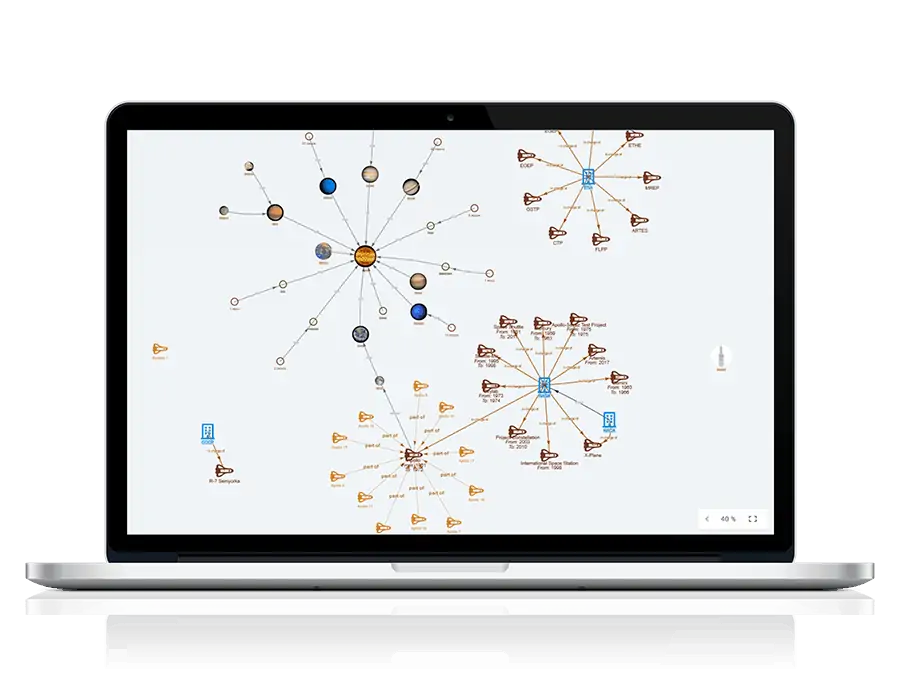
herbdavidguitarstudio
Music Brings Harmony To The WorldHow To Use Mind Maps In Education?
Thursday , 5, May 2022 Business and Management Comments Off on How To Use Mind Maps In Education?Students face a growing demand for rapid learning of new concepts. Any instrument that can help them learn more efficiently and maintain knowledge is a blessing. Traditional schooling isn’t enough anymore.
To that end, both students and teachers embrace education mind maps as a valuable tool for learning. Students can view learning materials differently with the help of mind mapping tools, and perform better in processing new knowledge. Retention rates also increase when learners add mind mapping to their learning efforts.

Some of the positives of using mind maps in education are as follows:
- Mind maps help teachers prepare for classes, assignments, and for the course as a whole. It lets them set their target and build around it.
- It can be used to help brainstorm in the classroom and to increase the effectiveness of the students’ performance. The concept encourages student thinking, thus enabling them to be more than puppets who simply work mechanically, but getting them involved and making them think about what they are learning.
- It helps in breaking the monotony of the regular classes. Studies can often become dull and mundane. Mind maps allow you to use different colors while taking notes and play around with a design. It is a bit like doodling, but with a healthy educational twist.
- It encourages users to enumerate and connect concepts with the help of visual clues. It is a bit like joining the dots to form a complete picture, or to recall the complete information.
So how do we get started in using mind maps in education? The first step is to learn how to draw them. The best way to start is to write or draw your main idea in the center of a blank sheet of paper, placed in landscape orientation. Build subtopics from around the main topic and connect each of them to the center with a line. Create further lower-level subtopics and connect them to specific subtopics. Continue to develop the idea. This is a mind map.